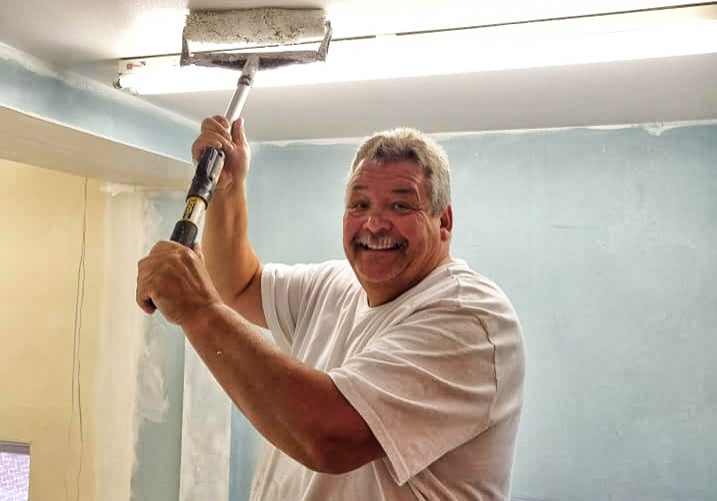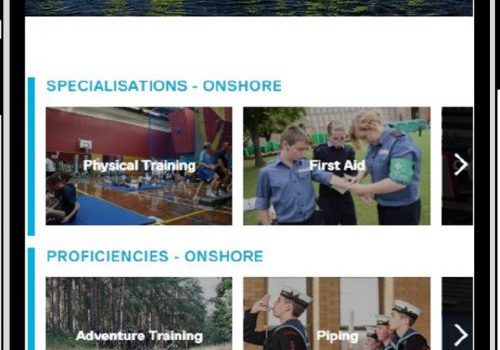Careers: How to become a cruise ship captain
From passing iconic landmarks to challenging manoeuvres, former sea cadet Captain Steve Holland shares his experience of working at sea
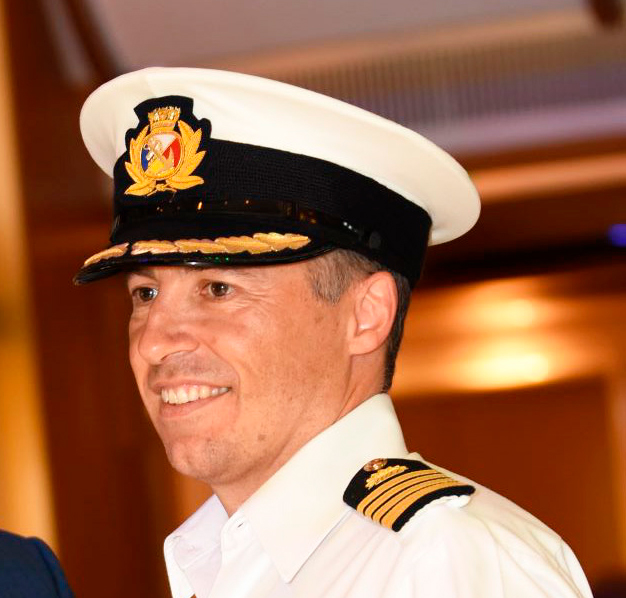
How did you become captain of a cruise ship?
I started a cadetship (an apprenticeship programme) with Princess Cruises after leaving school in 1999.
Is it what you always wanted to do?
At school I wanted to be an airline pilot. I didn’t intend to work at sea, but my background and free time was always taken up by being on the water.
I was a sea cadet, joining as a junior and making my way up to Petty Officer Cadet before volunteering as an instructor until starting my cadetship.
Sea Cadets started me on sailing, powerboating, and offshore power courses on the Earl of Romney (a Marine Society training ship). This all helped me in starting my cadetship – I had already done most of the initial training, especially the seamanship side, which I still use!
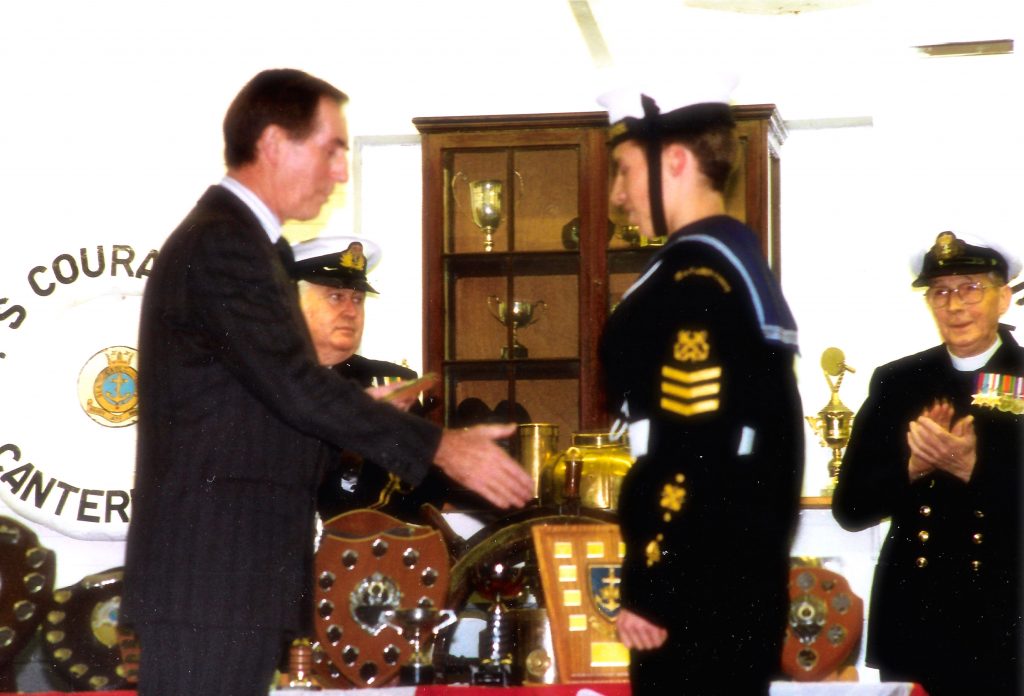
What does being captain involve?
I’m responsible for the safety of the ship and navigation, as well as motivating the crew in their safety and environmental responsibilities.
“I had already done most of the training at Sea Cadets, especially the seamanship, which I still use today”
What do you do on an average day?
Sea days start with checking the navigational progress during the night and checking in with the on watch bridge team and the weather. Next, I walk through the ship to catch up with the head of the hotel department and then down to the engine control room to speak with the Chief Engineer.
Then there are meetings or conference calls for company updates. Passenger functions take up the rest of the day, usually lunch with the most frequent passengers, attending onboard weddings or renewing marriage vows.
It finishes with a change of uniform to greet regular cruisers, then night orders and checking the weather at our next port before the end of the day.
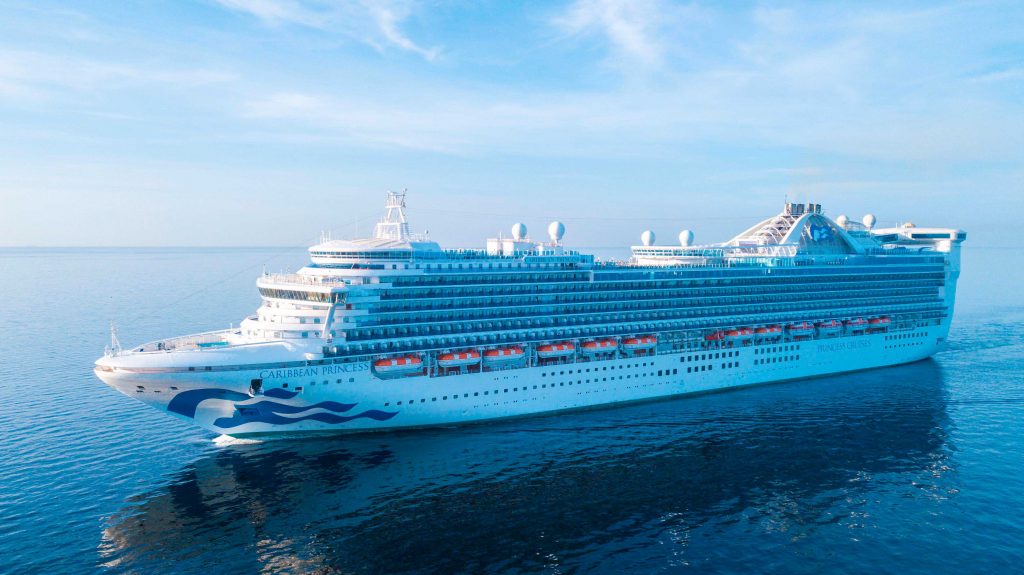
What’s the best part of your job?
Arriving at sunrise into some of the most amazing places in the world – passing the Statue of Liberty in New York or berthing in Quebec near the iconic hotel Château Frontenac. Another highlight is manoeuvring the ship into many challenging ports around the world.
What’s the most difficult part?
When the weather forecast is bad and you have to change ports or timings, and then having to deal with the disappointment that our passengers feel, though most are very understanding about it.
Would you recommend being a cruise ship captain as a career to sea cadets?
I would certainly recommend a career in the merchant navy, especially on passenger ships. You have the chance to progress at your own pace and travel the globe as you work, with so many different people from around the world.
Do you have any other career goals?
One day I would like to be Commodore of the Fleet (the most senior captain), which I could achieve if I stay in command long enough, or work in our training centre to help the next generation of seafarers.
Images: Steve Holland, Alamy Images
More Advice
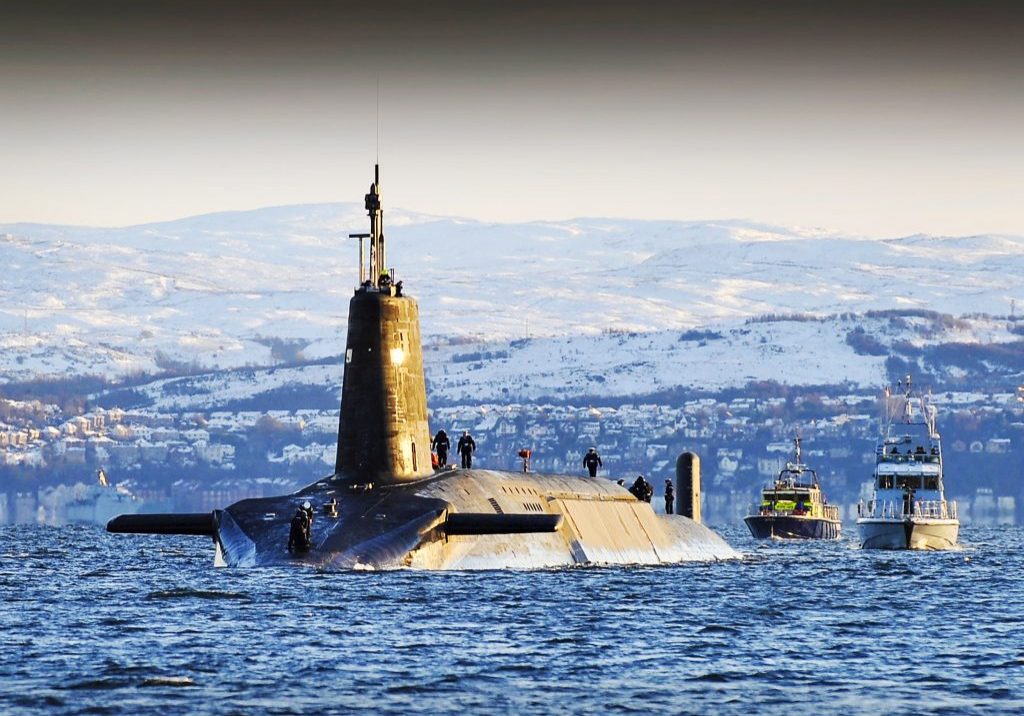
Careers: How to become a submariner
Ever wondered what it’s like to work underwater? Mechanical engineer Lt. Isobel Rawlinson talks about her role, and rowing across the Atlantic

